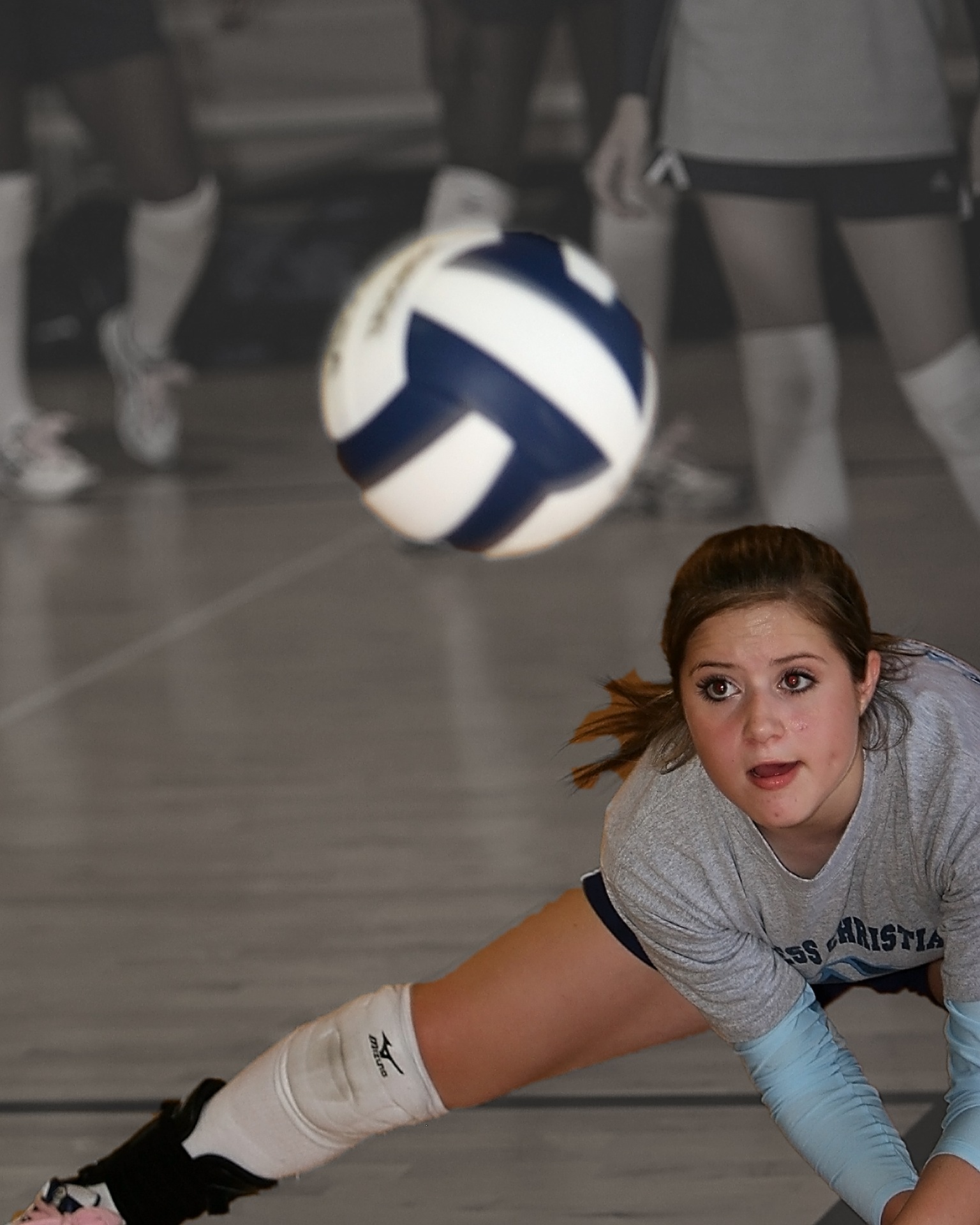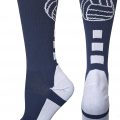How to set a volleyball for beginners
To play perfect volleyball, you need to get two strategies down, ball setting techniques, getting the ball and handling techniques. The following are basic steps you need to take to learn playing volleyball.
- Getting the ball
Step 1. Read the defense of your opponents
Position yourself facing the net. The first thing to do is to decide where you are going to launch the attack. You should look for flaws in the opponents’ side including those areas that are not sufficiently guarded. You should use these weaknesses to decide where to direct the ball and launch a deadly ace. In fact, the game of volleyball just involves continuously assessing the defense loopholes rather than predefined tactics.
Step 2: Move around and get ready to receive the ball
As you wait for the ball to be passed to you, position yourself in such a way that you are ready to move around. Although you can carry out a spike, dink (a ball push to any of your teammates) and any other maneuver from whatever position you think is best for you, staying upright while leaning slightly on your right foot is the most advisable strategy. If you want to launch an effective attack, go to the rear right-corner of the court. Setting can be done from any of the two rear corners. One advantage of rear right-corner strategy is that it puts you in an excellent position to have a greater field of view on left. From this direction, you can easily send a devastating attack to against opponents.

Step 3: Intercept the ball, fast
In volleyball, the ball seldom comes directly to your direction. Quickly intercept the ball so you get sufficient time to launch any maneuver.
To intercept the incoming attack and while close to the centerline, position one hand to launch a pancake (one handed defensive method) back to the other team or create an assist (pass the ball to your teammate who in turn launches an attack). However, be careful not to earn your team an attack error by observing these rules;
l Don’t step on or beyond the centerline
l Don’t make the ball hit the net
l Avoid landing the ball out of bounds
l Don’t perform an illegal double hit or push the ball
You need to be efficient enough, dashing in a straight line towards the ball in fewest steps possible. Do not raise your arms while running as this will only slow down your pace. Only raise them after reaching your position.
Once you get into position, let your shoulders, hips and feet stay in line with the incoming ball. When performing a double hit (successive hits by a player), serving or any other tact that mixes your opponents, try leaning s
lightly to your left to confuse opposing players on the exact point you intend to channel the ball to.
- Getting in position
Raise your arms above your head. Ensure that your elbows are pointing sideways.
Keep your hands position
Keep your arms positioned at least four inches above the forehead. Your hands should resemble a ball, spreading out but remaining joined together. You should then position your forefingers and thumbs to form an opening resembling a triangle. Ensure that you can make observations through this triangle without your hands coming into contact with each other. Relax your hands before touching the ball. Also, during a back spike (directing the ball backward while facing away from the net), keep your hands extended and upwards but not directly above your head.
Get your feet in correct position
Arrange your shoulders and feet in such a way that they are slightly apart with one foot slightly leading. This ensures smooth shoulder and hip maneuvers to create an effective jump serve, an incredible kill (a successful spike that earns your team a point) and prevents a floater (erratic serve moving in a wrong direction).
Bend your knees
Balance your weight on the slightly bent knees you when you launch a set. This will enable you to rapidly switch direction if need occur. Bending knees however, does not serve any purpose during back serve. This is instead accomplished by arching the back while extending your hips slightly forward.
- Serving the ball
Step 1: First, figure out where to direct the ball
This is the critical moment you pick the correct opponent to direct your ball to. You should keep misleading your opponents over the direction you need to direct the ball in order to create more score chances. For instance, you can position yourself in a back serve (serving backward while facing away from the net) posture only to spin the ball forward. It is important to confirm the landing position of the ball after you serve to assist you take a new position to help you stage a block (a defensive move against a spike).
Step 2: Keep contact
Make sure any contact you have with the ball takes place in middle and above your forehead. All your fingers are supposed to touch the ball to give you ample control of the ball. You should however, prevent the ball from reaching your palms which is considered to be an offense. Your team will have a point revoked if it is earned just after such an offense.
Step 3: Push forward
Send the ball lurching upwards towards the spiker of the opponent team immediately it lands on your fingers, while keeping your legs and arms straight. Apply the same during back set with minimal force.
Step 4: Follow through
Once you complete a serve, keep your arms extended. Also straighten your wrists to keep the ball in a right trajectory. If you follow these directions you now know how to set a volleyball for beginners.




